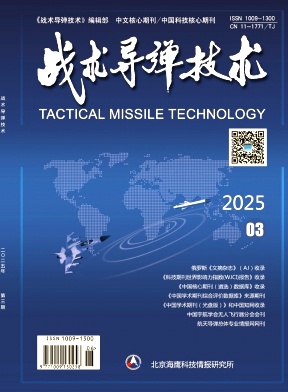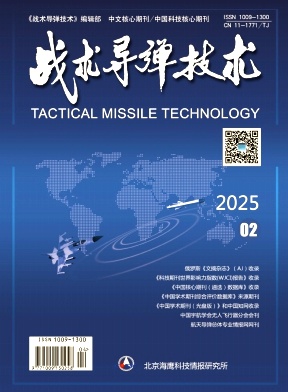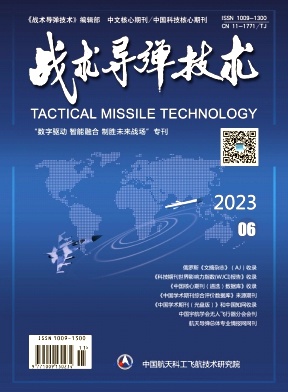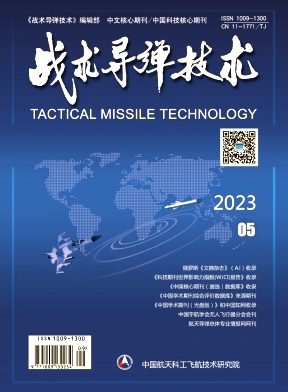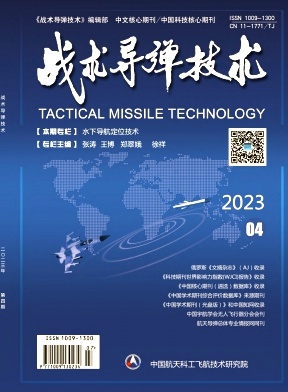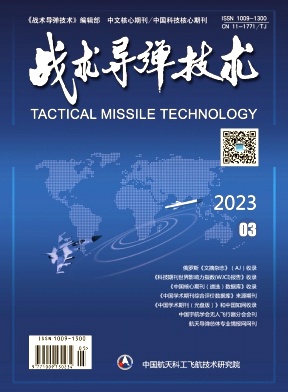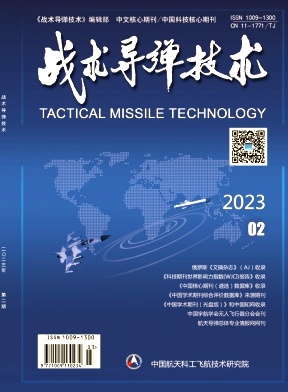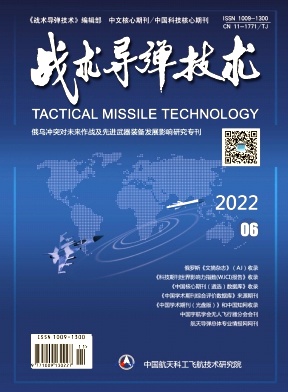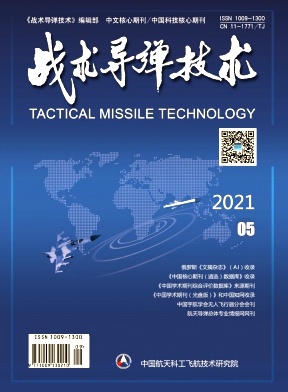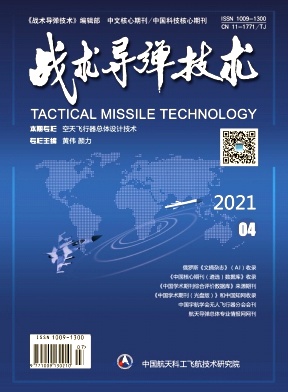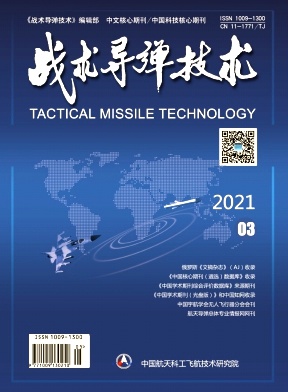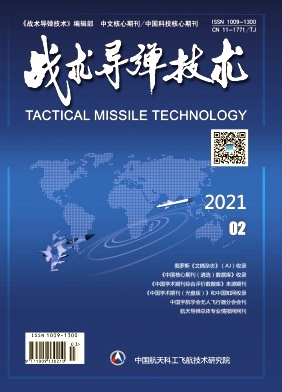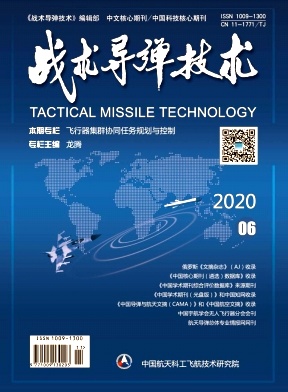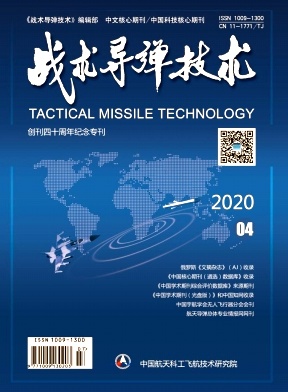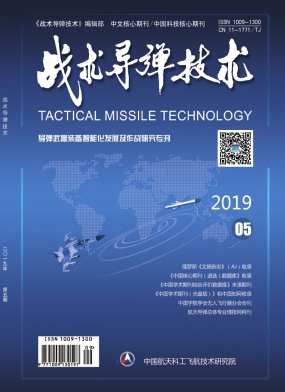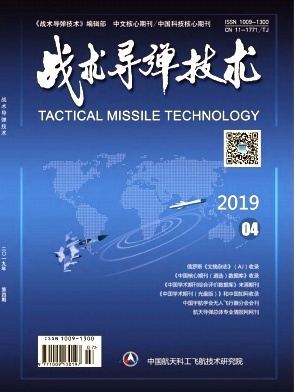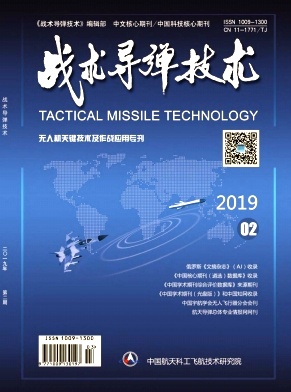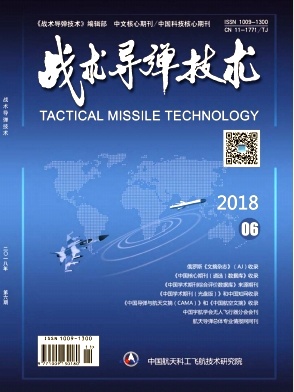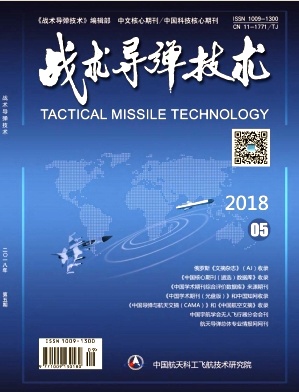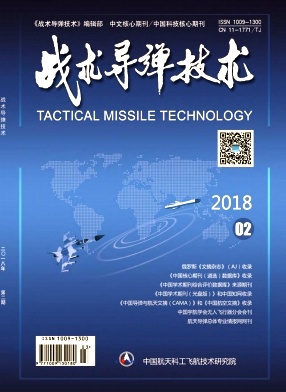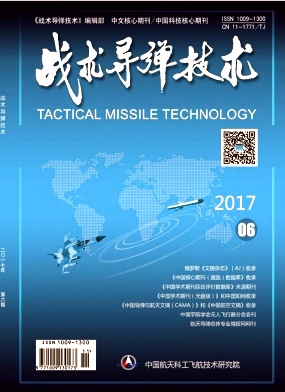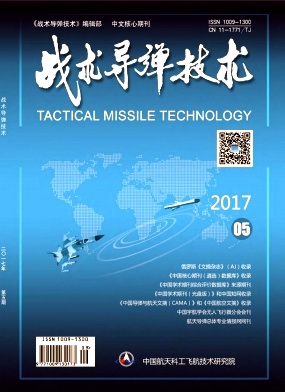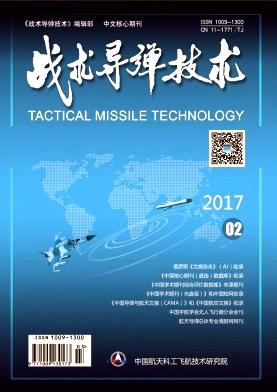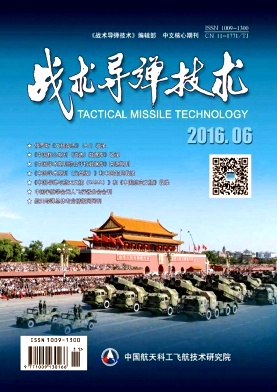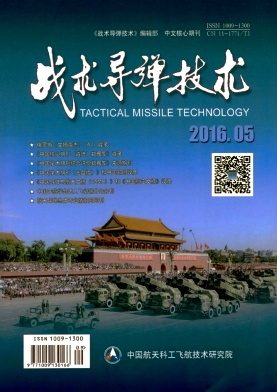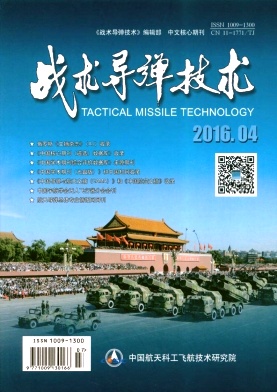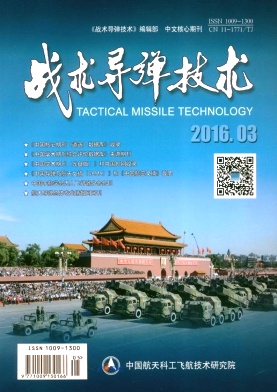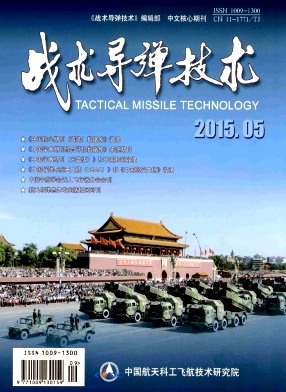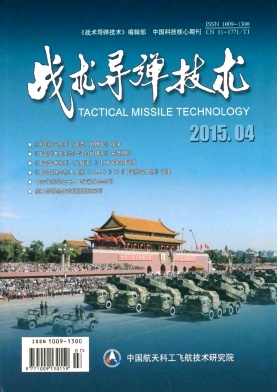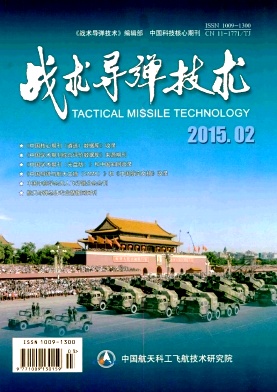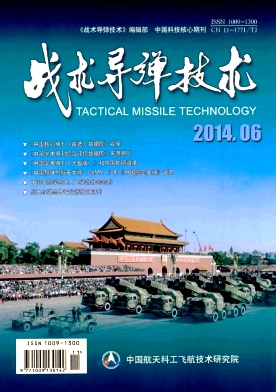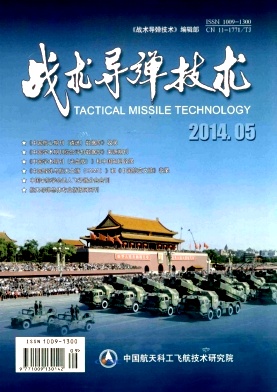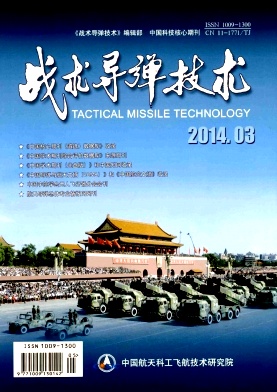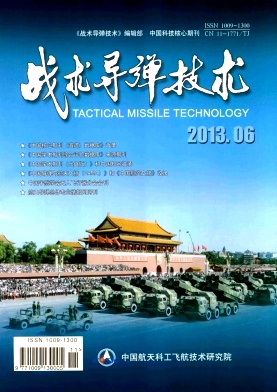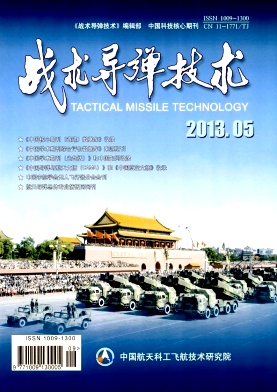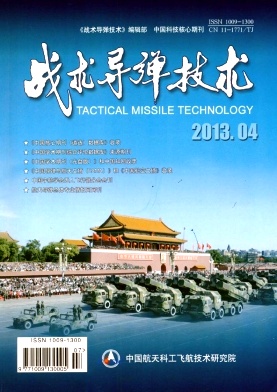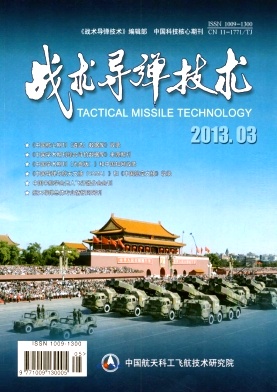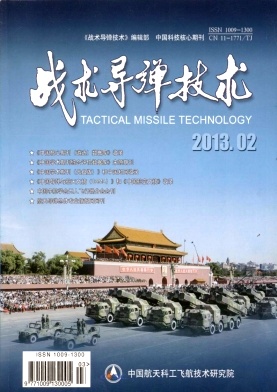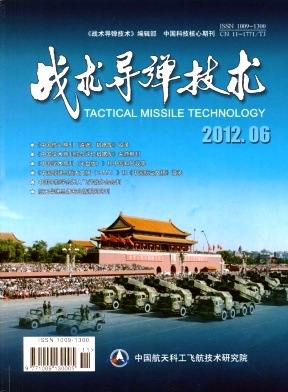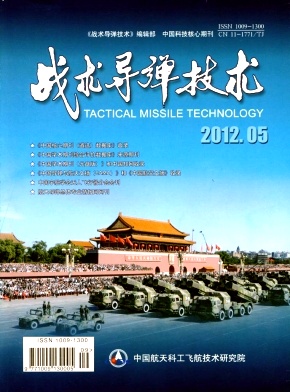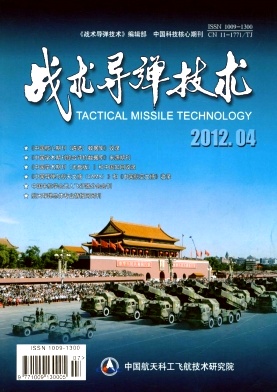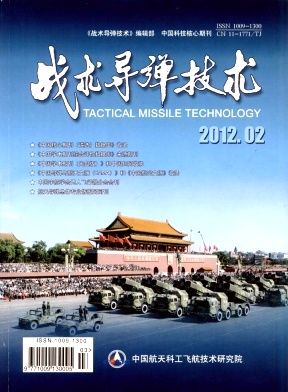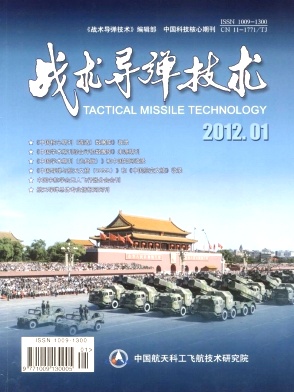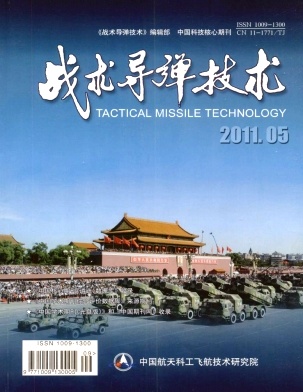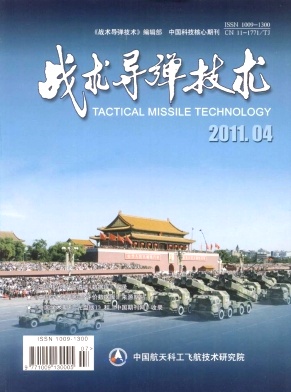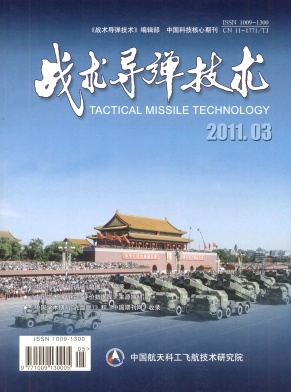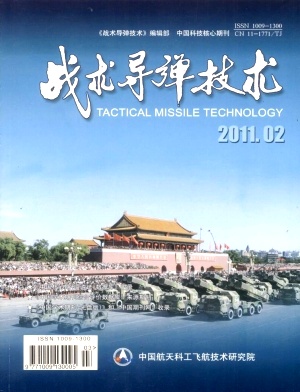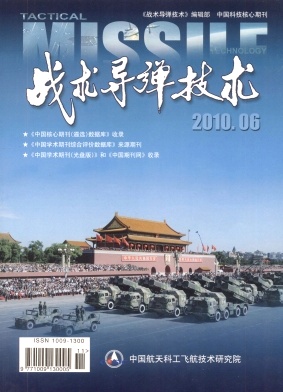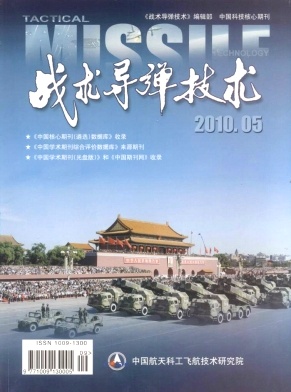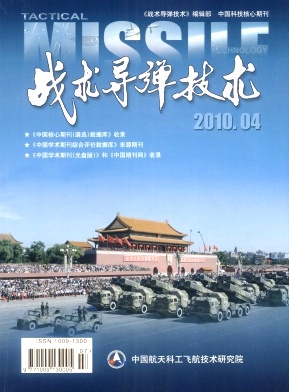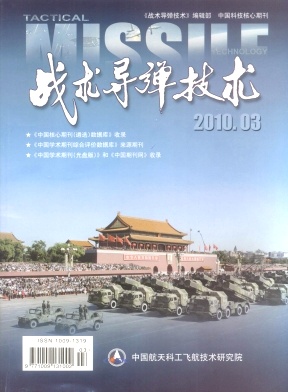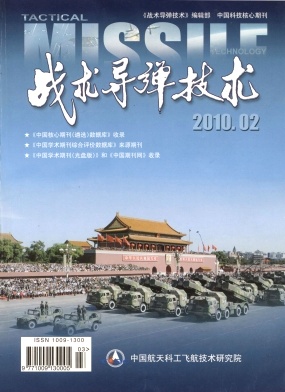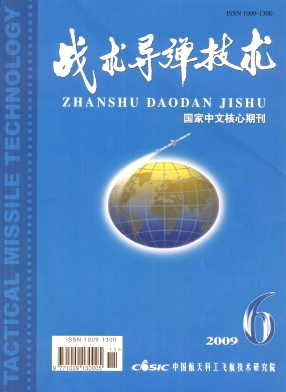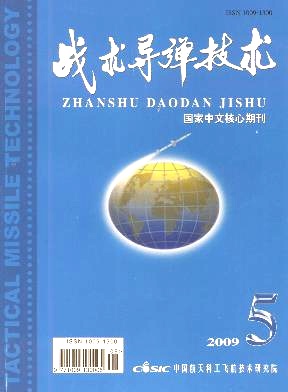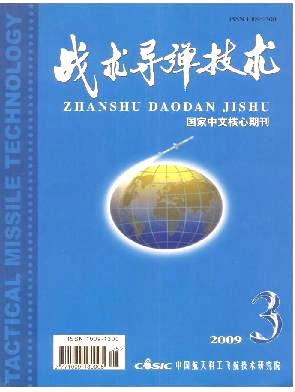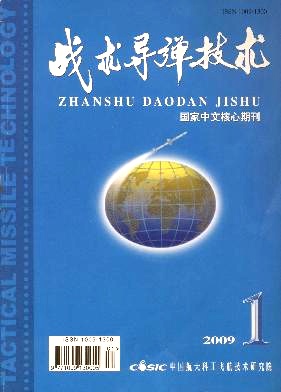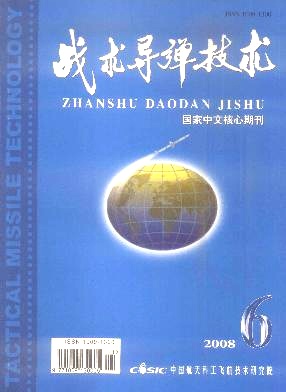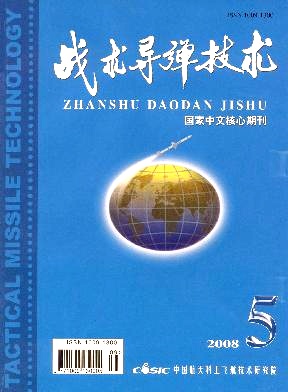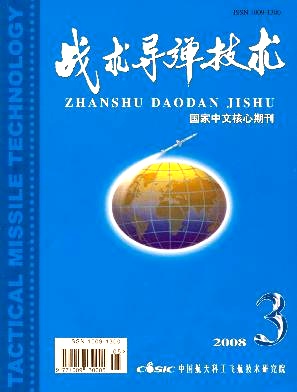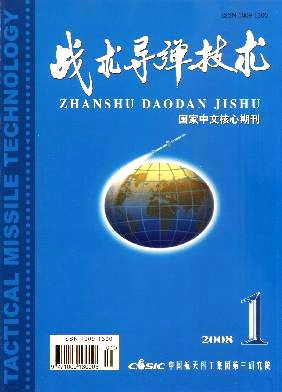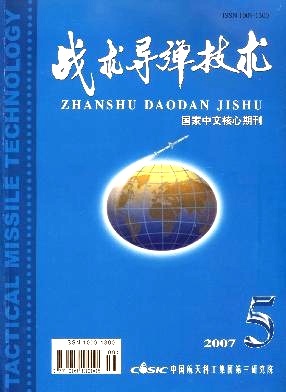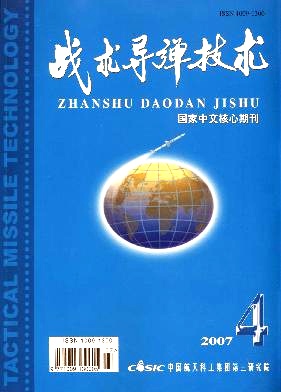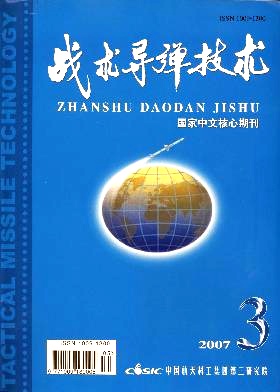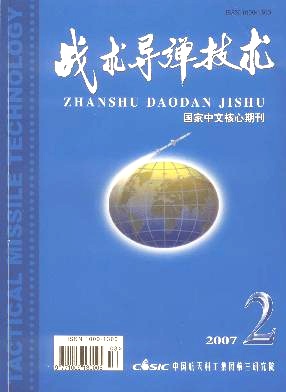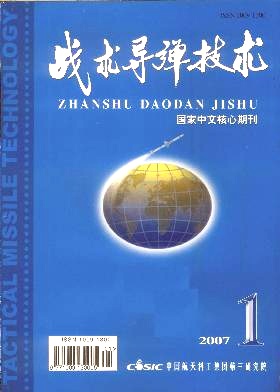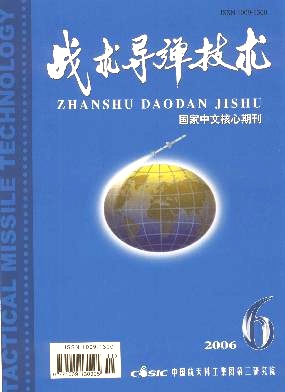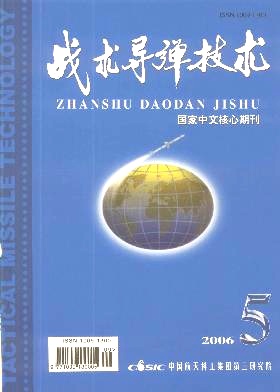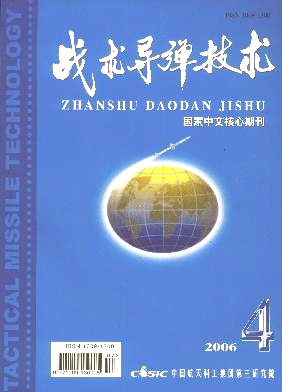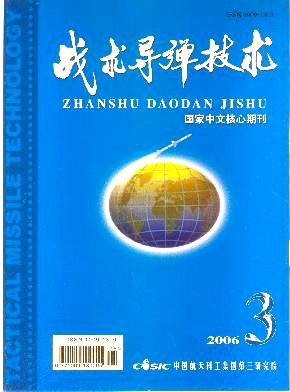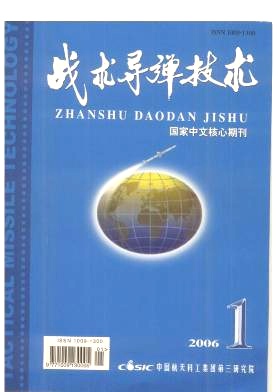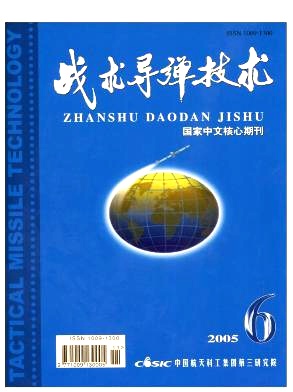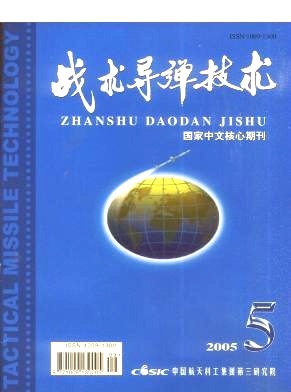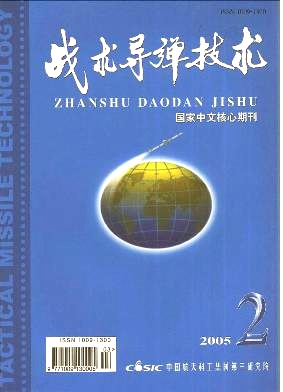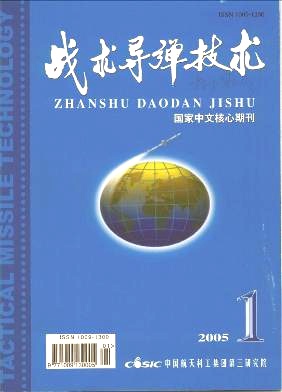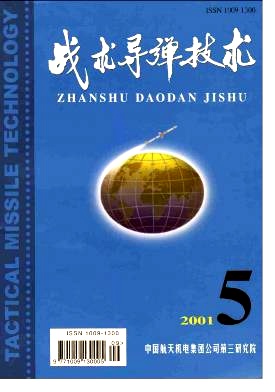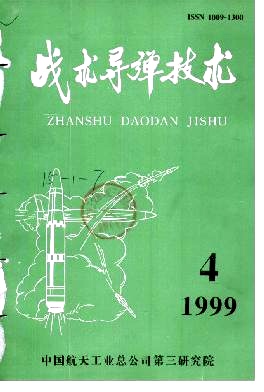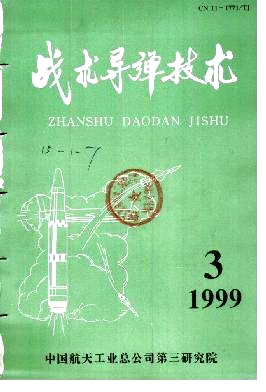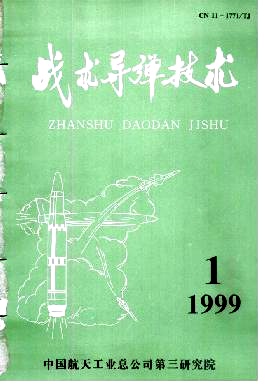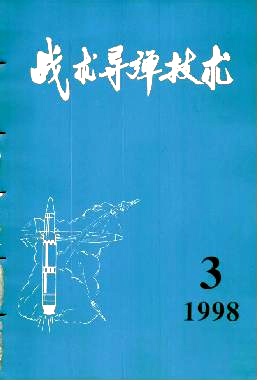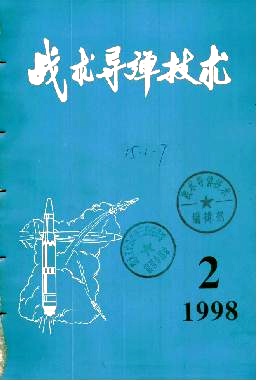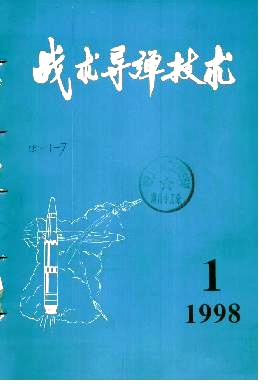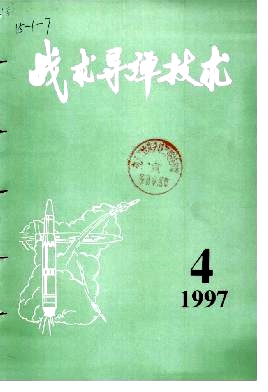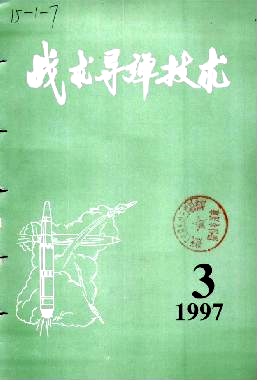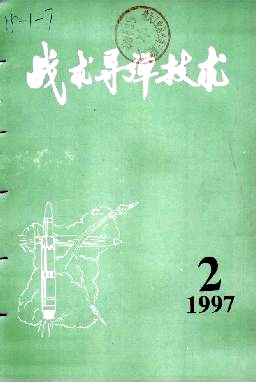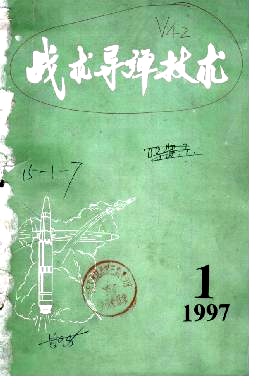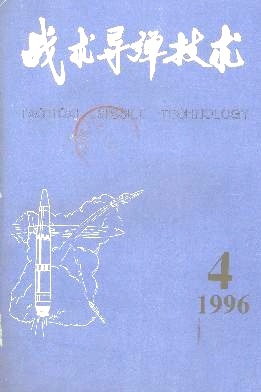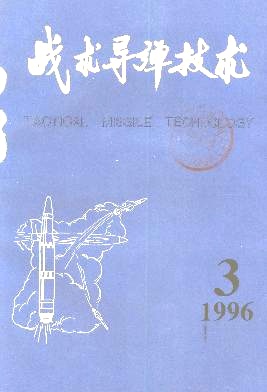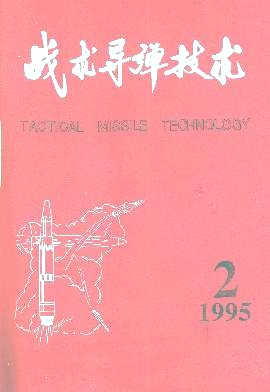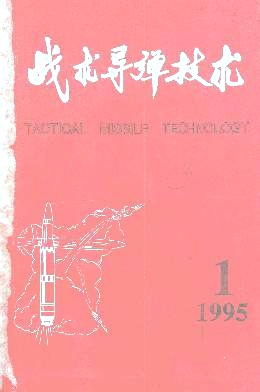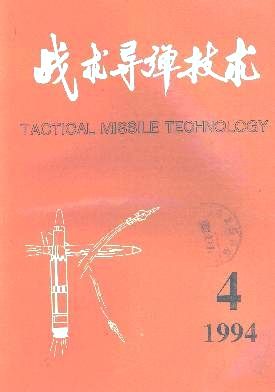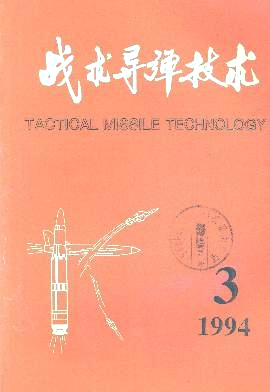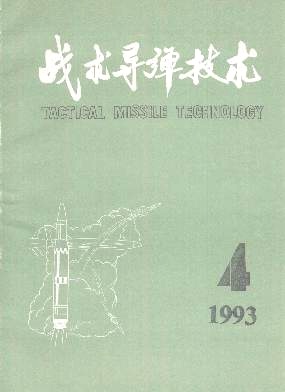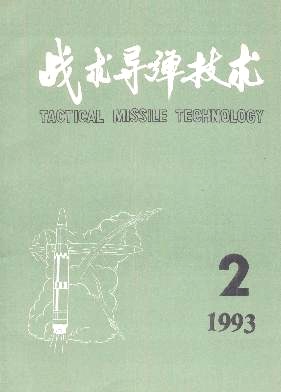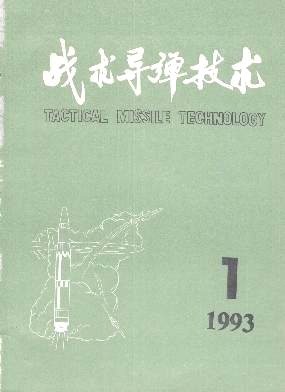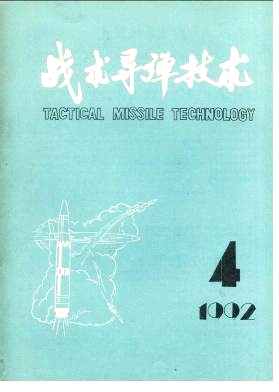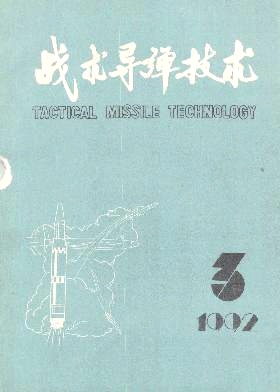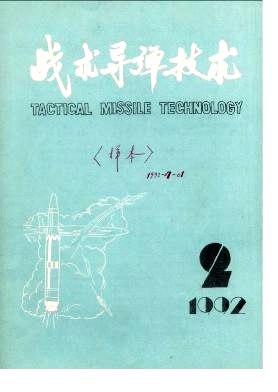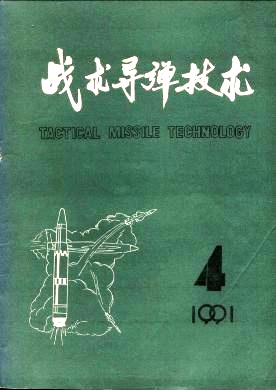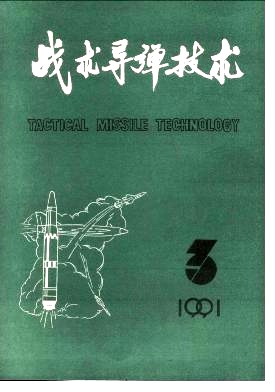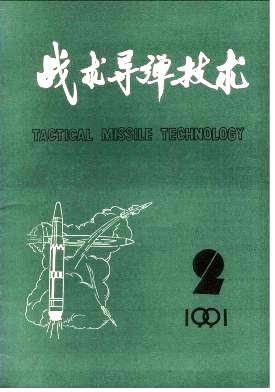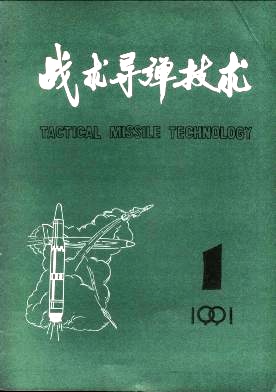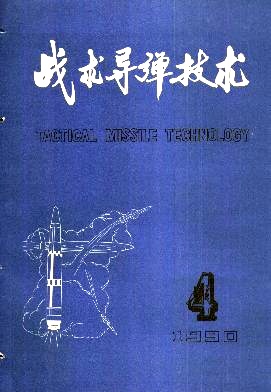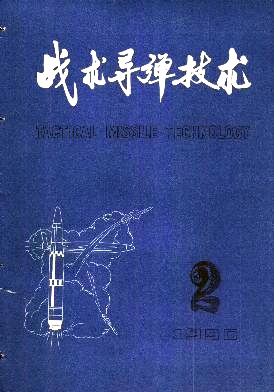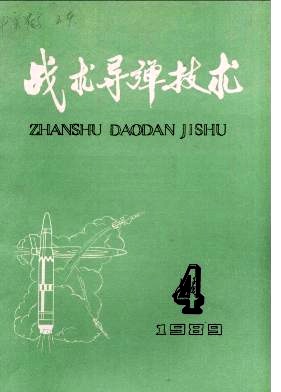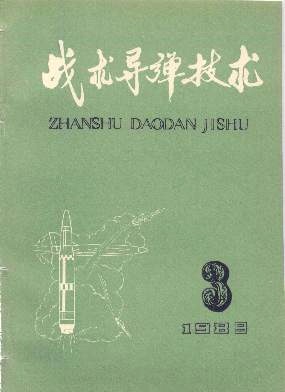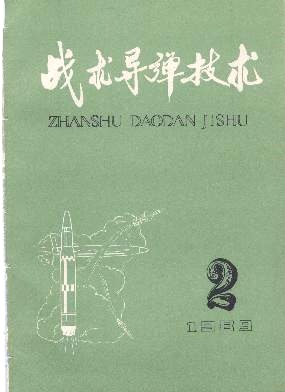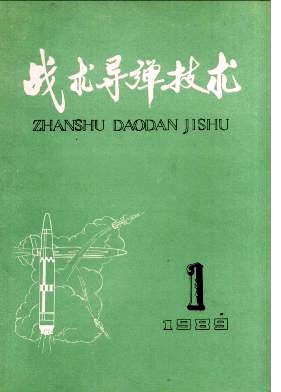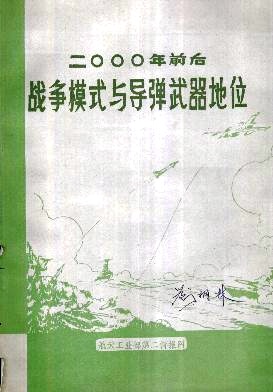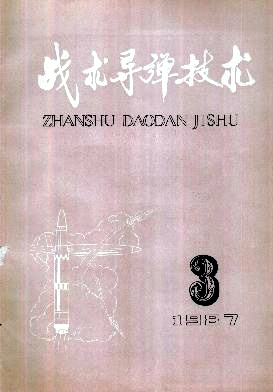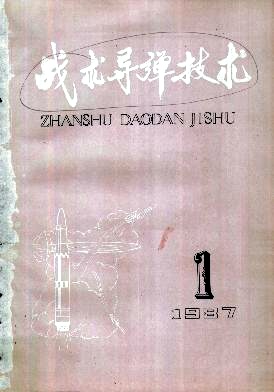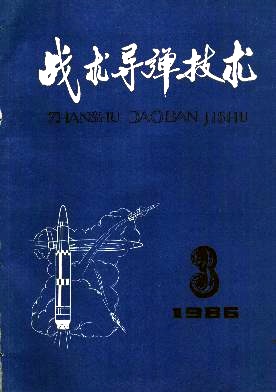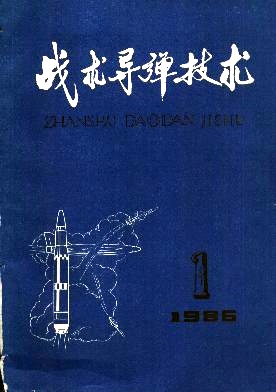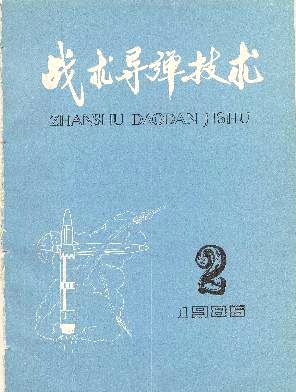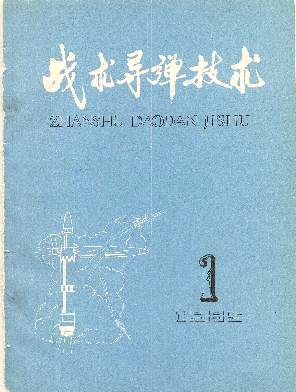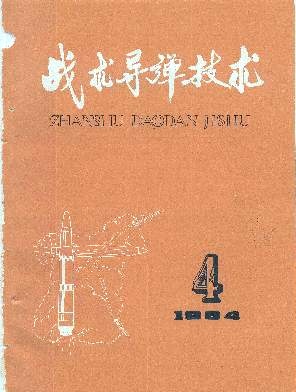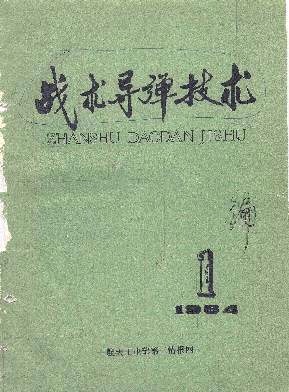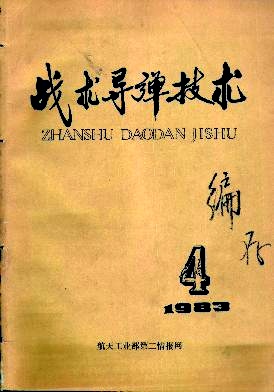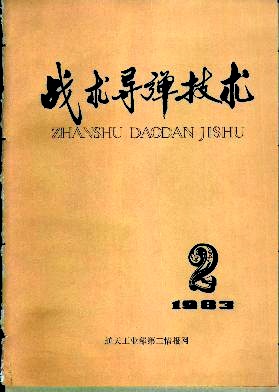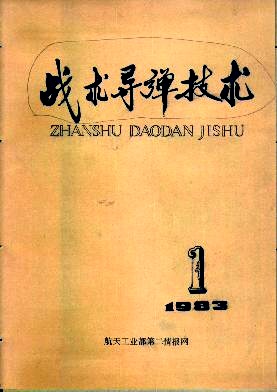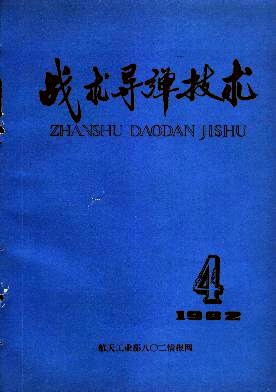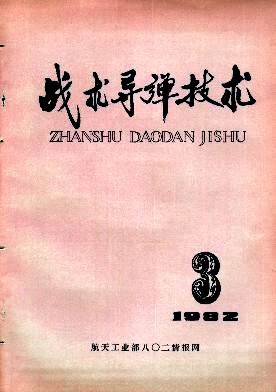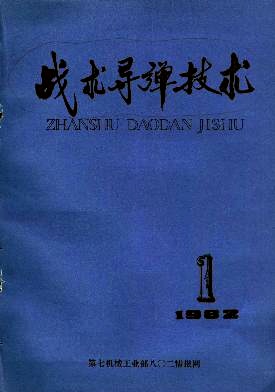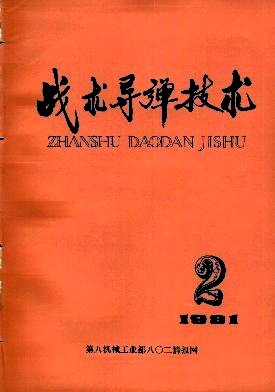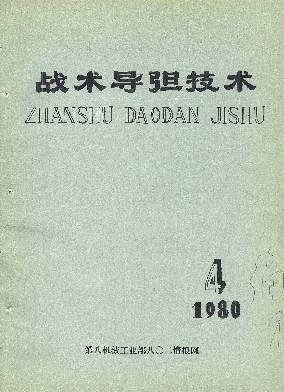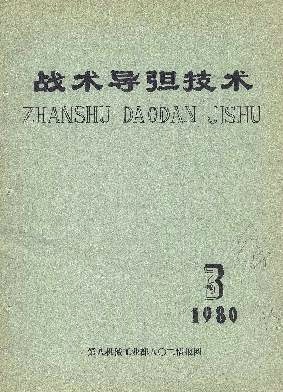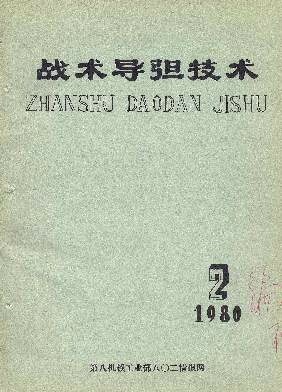Tracking the information about your manuscript
Communicate with the editorial office
Query manuscript payment status Edit officeCollecting, editing, reviewing and other affairs offices
Managing manuscripts
Managing author information and external review Expert Information Expert officeOnline Review
Online Communication with the Editorial Department
Downloads
Links
Page Views
Page visits today: 21
About the Journal

Chinese Name:战术导弹技术
English Name: Tactical Missile Technology
Publication cycle: Bimonthly
Language: Chinese
Director: China Aerospace Science and Industry Corporation Limited (CASIC)
Sponsor: Beijing HIWING Scientific and Technology Information Institute
Editor in chief: LIU Haifeng
ISSN: 1009-1300
CN: 11-1771/TJ
Research progress on lightweight technology for rudder/wing structures of high-speed aircraft
Li Shibin;Huang Yi;Ma Rui;Li Shaliang;Wang Lin;Liu Bing;Structural lightweight design is the eternal goal of aircraft designers. As a key component of aircraft, the lightweight technology of rudder/wing is related to the overall improvement of aircraft performance. The development and evolution of rudder/wing structure in different aircraft types are introduced, the characteristics and research status of materials commonly used in different rudder/wing structure areas are analyzed, and the application of structural lightweight technology and related optimization design theory used in the design of rudder/wing "light-load-heat protection" scheme are summarized. Then the research progress of lightweight design of high speed rudder/wing structure under multi-field coupling conditions are summarized, and the development direction and challenges of structural lightweight design are pointed out.
Key trajectory technologies of airborne magnetic anomaly anti-submarine for electric powered unmanned aerial platforms
Ge Jiahao;Mu Han;Liu Li;To achieve the effective application of electric powered unmanned flight platforms in airborne magnetic anomaly anti-submarine warfare, the key trajectory technologies of airborne anti-submarine search are analyzed, starting from the motion mechanism of submarines and the characteristics of the mission environment. Three key technologies are studied, including electromagnetic interference(EMI) modeling technology of platform and its coupling mechanism with trajectories, low-EMI trajectory planning technology, and robust tracking control technology for trajectories, with relevant technical points and implementation schemes obtained. The research results indicate that EMI of the platform at magnetometer can be effectively reduced through reasonable trajectory planning and control, and the anti-submarine positioning accuracy of the electric powered unmanned flight platform can be improved. This study is expected to provide a theoretical reference for the trajectory optimization and engineering implementation of electric powered unmanned flight platforms in airborne magnetic anomaly anti-submarine warfare, and future technical development directions requiring further improvement are also pointed out.
Application and development status of FRP in tactical missiles
Li Huimin;Ji Yuan;Fiber reinforced polymer/plastic(FRP) is recognized as one of the core materials for the lightweight and high-performance development of tactical missiles due to their high specific strength/modulus, designability of mechanical properties, and multifunctional characteristics. Typical applications of FRP in domestic and international tactical missiles are reviewed, including load-bearing structures, aerodynamic and thermal-resistant control surfaces, and wave-transparent and stealth components. The current research statuses of key technologies such as high-performance material system development, lightweight structural design, high-quality manufacturing processes, and multi physics field coupling simulation are summarized. Based on this, three major challenges faced by the application of FRP in tactical missiles, as well as the development trends of multifunctional integration and structure-function unification, intelligent manufacturing and precision forming, and multi physics field coupling simulation with performance optimization are presented. The research can provide theoretical support and technical path reference for the new generation of tactical missiles to achieve lightweight, long endurance, and high breakthrough performance.
Enlightenment on the evolution of US open system architecture for airborne weapon development
Guo Chao;Pan Hui;In response to the rapid development of open system architecture technology and the capability agility upgrade of airborne weapon, the enlightenment on the evolution of US open system architecture for airborne weapon development is discussed. The development of US open system architecture is introduced from the aspects of technology development status, typical project application and problems to be solved.On this basis, the design principle of airborne weapon open system architecture is introduced from the aspects of hardware and software decoupling, modular design and standardization design, etc. The design concept of airborne weapon open system architecture is explored from the aspects of hardware sphysical layer, module connection layer, operating system layer and application software layer, etc.The key technologies such as system architecture modeling and validation involved in the airborne weapon open system architecture are summarized. The future development suggestion of airborne weapon open system architecture is proposed from the aspects of architecture standard specifications.
A review of unmanned cluster situation awareness technology driven by knowledge and data hybrid
Chi Qingxi;Xu Hongfeng;Zhang Hang;In view of the fact that there is a large amount of temporal, spatial and electromagnetic domain data in the field of unmanned cluster collaborative target situation analysis, and due to the high data dimension, multi-source heterogeneous information and limited data processing means, traditional analysis methods are difficult to effectively deal with the problems above mentioned. A method combining literature research and technical analysis is adopted to systematically study the situation awareness technology driven by knowledge and data hybrid. A systematic review of the cluster target situation cognition technology system based on the hybrid drive of knowledge and data is conducted, revealing the intrinsic mechanism by which it breaks through information fog and reconstructs cognitive logic through the combination of knowledge guidance and datadriven approaches. At the technical level, the advantages and limitations of key methods such as multidimensional representation modeling, cross-modal semantic alignment, cross-domain information fusion, and intelligent reasoning are analyzed in detail. Solutions are also proposed for problems such as low efficiency of heterogeneous information aggregation, weak cross-domain knowledge transfer ability, and insufficient credibility of fuzzy reasoning,to promote the evolution of situation awareness from "data-driven" to "knowledge and data hybrid intelligence-driven", providing technical support for intelligent situation analysis and decision-making in unmanned cluster all-domain operations.
